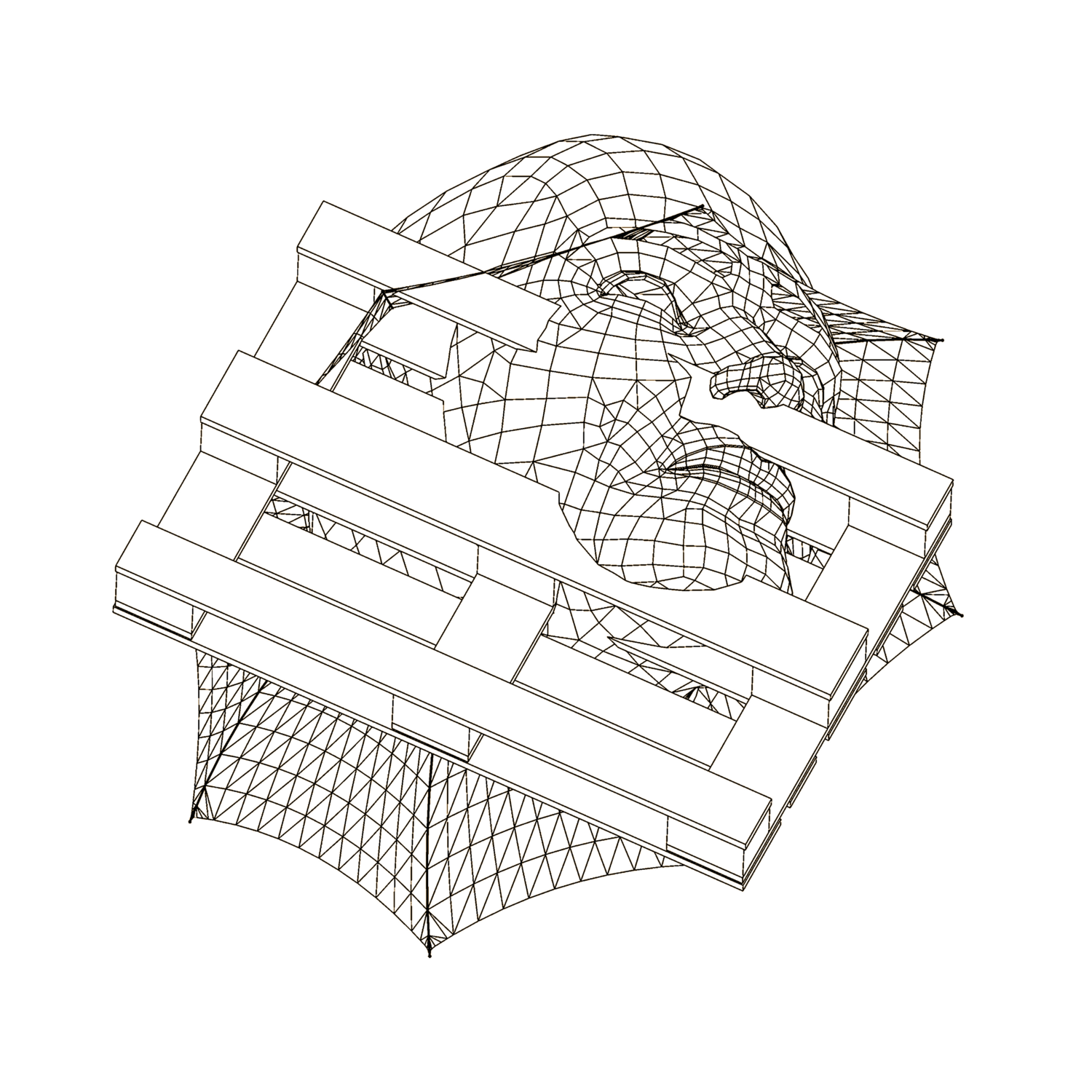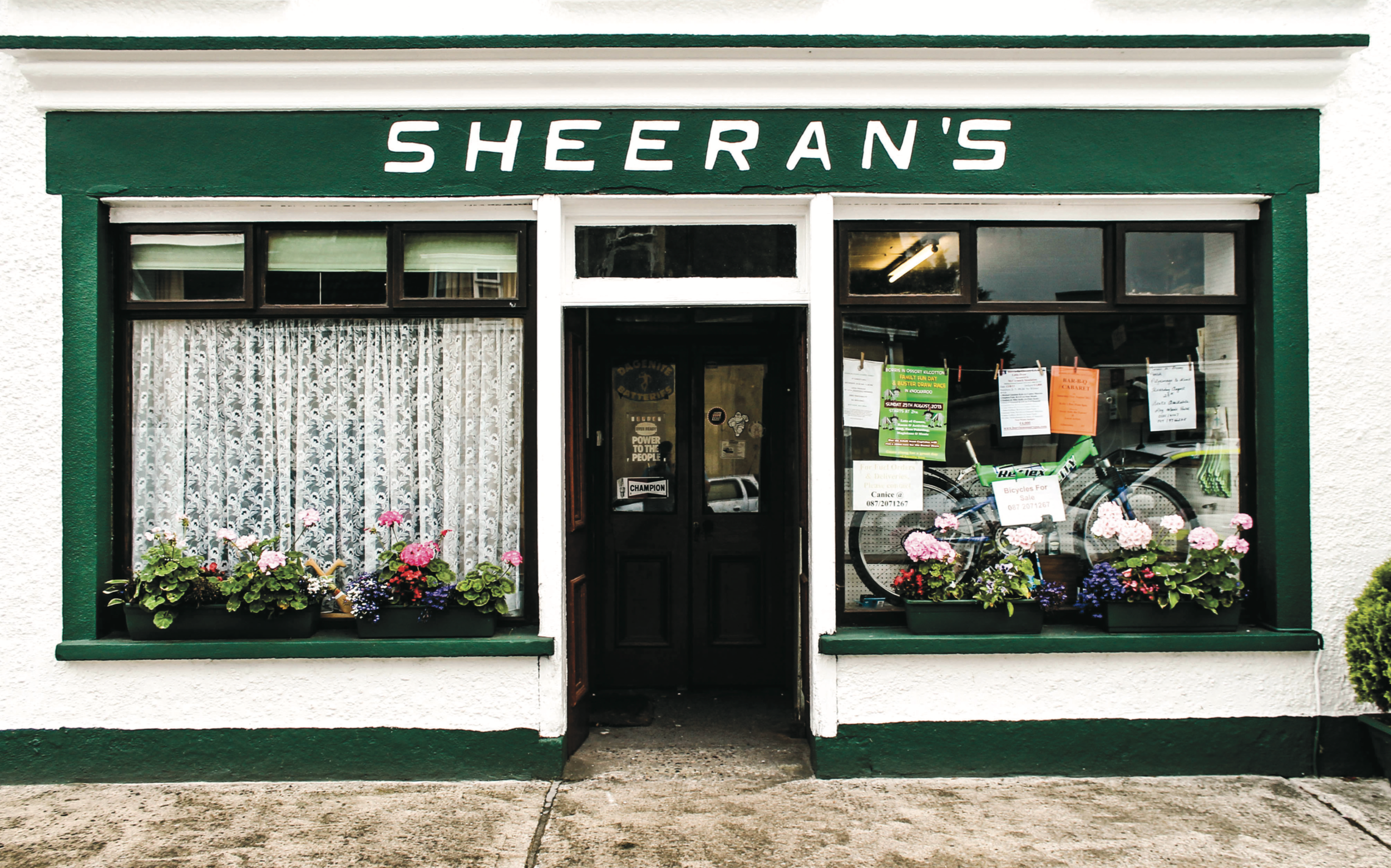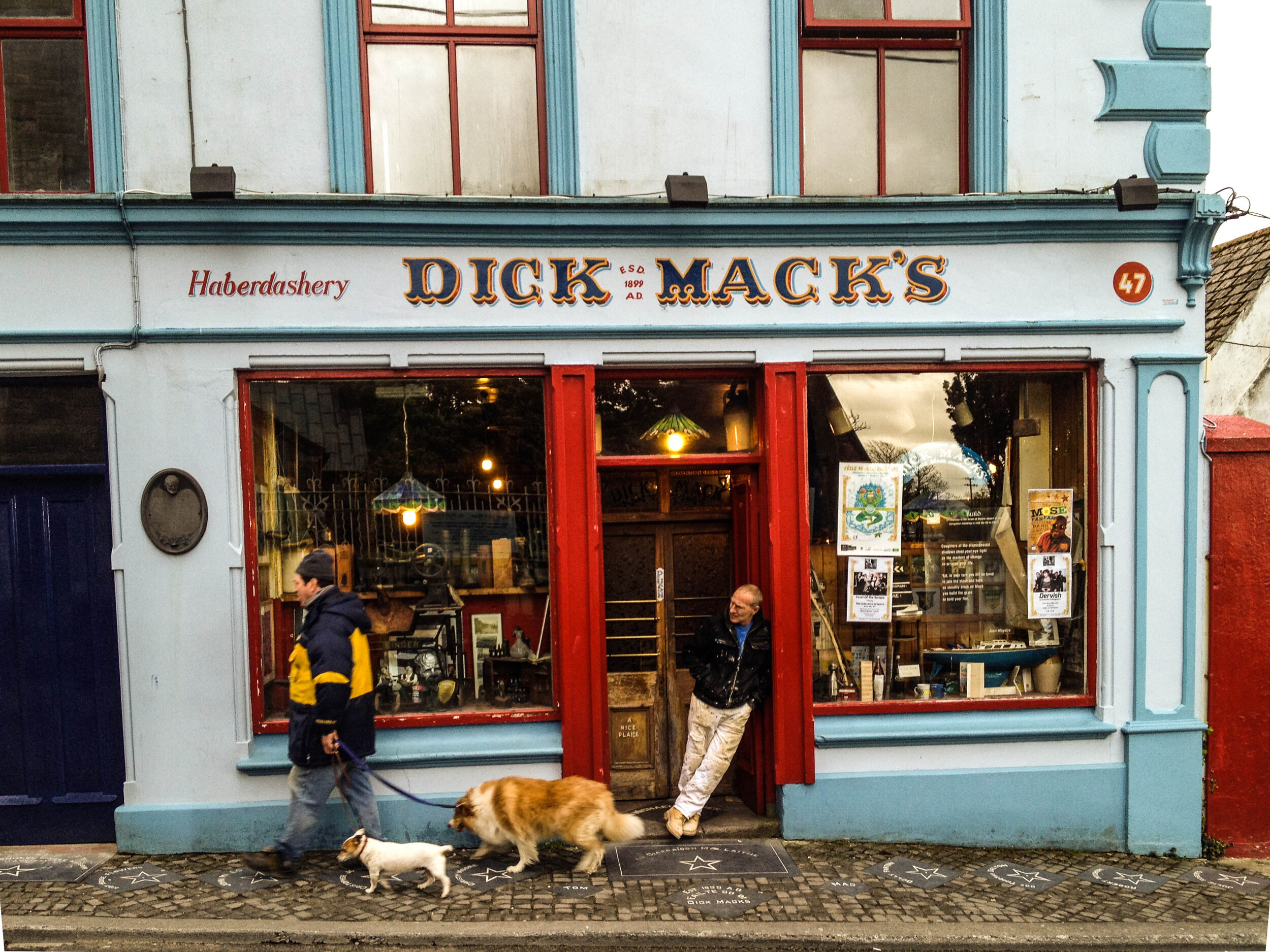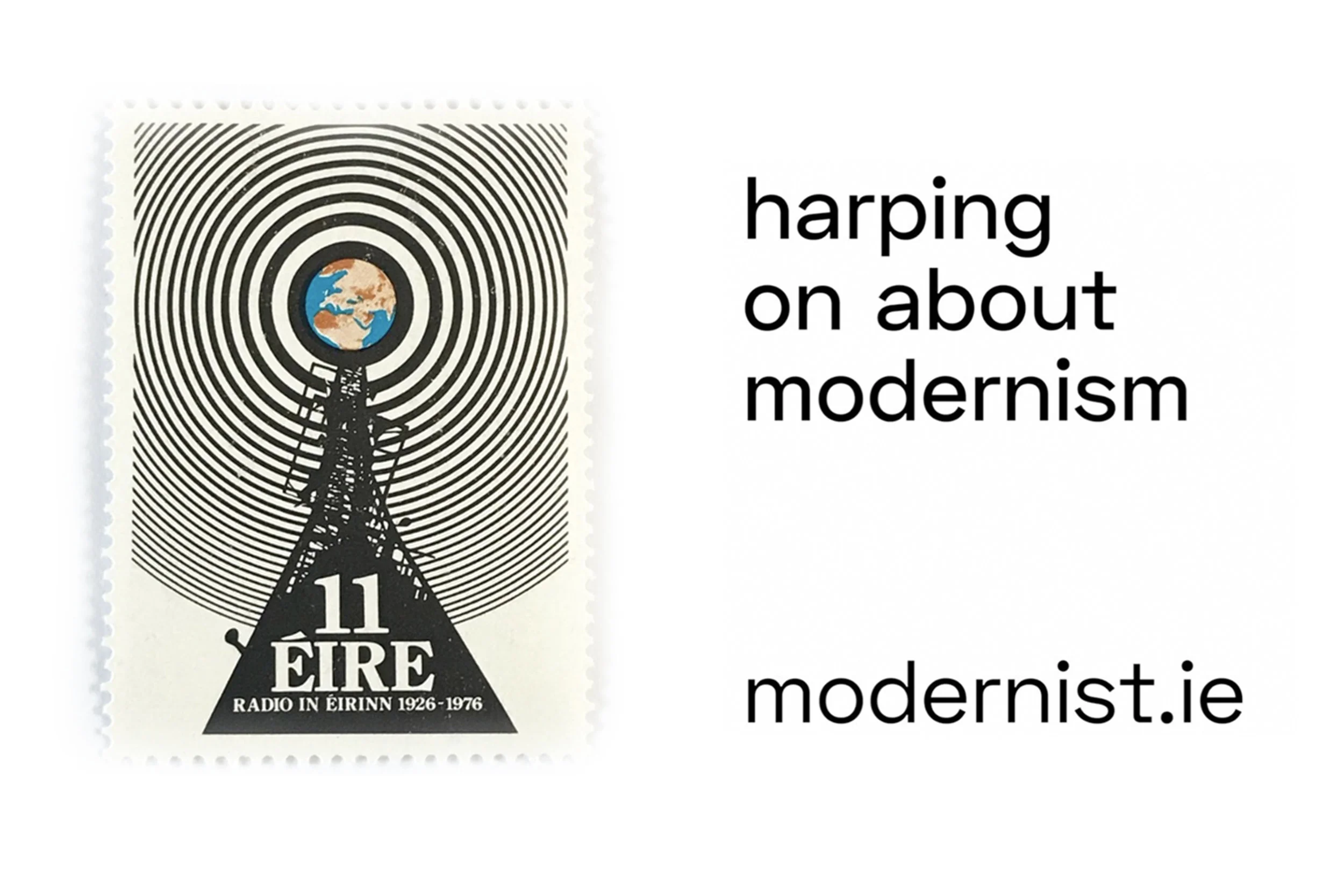Our Type
Our Type is an ongoing photographic project documenting the disappearing shopfronts, signage and typography of Ireland's towns and villages.
Across Ireland, we have many towns and villages that retain a rich tradition of vernacular signage. However, the fate of these shopfronts is being threatened by the uniformity of the corporate multi-national store which unfortunately ignores and subverts local history and tradition.
By highlighting the design and typographic traditions that are unique to Ireland, the project's aim is for people to recognise the importance of the 'Traditional Shopfront' in our society and support the disappearing trades in our local communities.
I began to notice around the time after the 'Celtic Tiger' that Ireland’s towns and villages had changed rapidly and many of the traditional shopfronts and signage had been replaced with your everyday chain stores that have become commonplace on the high street. It was pretty sad to see, as we have a very unique style of shopfront here in Ireland that is completely different to the rest of Europe and even Britain.
I also became intrigued by the history of the shopfronts. When photographing them I always try to talk to the owners and discover the stories behind the façade. I noticed that certain areas shared a specific style of typography and façade which can be attributed to the local craftsmanship of the time. You don’t see the same kind of style across Europe. There are certain typographies used in different areas of Ireland. You see a lot of ceramic lettering in the south-west of the country, in Kerry and Clare; around the midlands they have more wooden lettering.
We have a very rich history of local sign painters in Ireland. Across the country almost every county at one stage had its own sign painter who would have painted the signage of the fascia and windows of these traditional premises. Also, very common was the use of Gaelic type on the façade of many premises.
Gaelic type (sometimes called Irish character, Irish type, or Gaelic script) is a family of insular typefaces devised for printing Classical Gaelic.
It was widely used from the 16th until the mid-18th century (Scotland) or the mid-20th century (Ireland) but is now rarely used. Sometimes, all Gaelic typefaces are called Celtic or uncial although most Gaelic types are not uncials. The "Anglo-Saxon" types of the 17th century are included in this category because both the Anglo-Saxon types and the Gaelic/Irish types derive from the insular manuscript hand. Signage and typesetting in Gaelic script remained common in Ireland until the mid-20th century, yet today Gaelic script is used merely for decorative typesetting.
It is extremely nice to look at and each one has its own kind of beauty. They bring back a lot of memories for people. Some of the premises might have been in the family for years but the sons and daughters didn’t want to continue it on and moved to the bigger cities to more prosperous jobs. You find, especially in the midlands, a lot of towns that have been bypassed. All these shops have closed and been boarded up.
In terms of protecting such shopfronts, while a lot of councils are doing good work in association with their conservation architects, the approach can often be ad hoc. It has become a different kind of project in that sense… It is kind of sad to see how they’ve been left. It is a conservation architect’s job to protect certain buildings and a lot of good work has been done in that field. But a lot of it is down to the opinion of the conservation architect and is open to interpretation. While we are familiar with the concepts of environmental pollution and noise pollution, many would argue there is also a type of visual pollution now at play in our towns and cities. I believe that a lot of businesses trading today could learn something from the clean and simple design of old shopfronts.
There’s not enough focus on the signage that’s put up and enough guidance given to shops and new businesses. They are being allowed put up vinyl signs in 20 different colours with pictures. Everything is about the quick sell rather than the longevity of the business. In a lot of rural towns now, you have vape shops, ‘buy gold’ shops, all of these shops that are lashing up whatever they can get as cheaply as possible. They don’t care what it looks like. The local councils need to control it more. I know people want businesses in towns, but they need to be more appealing visually.
However, I think people are beginning to respect the heritage and history in some of these places. Even with this project, over the last six to eight months, people are becoming aware of it and starting to recognise the importance of documenting these shopfronts.
There is an awareness there that wasn’t there three or four years ago. When I started doing this, it was for myself, I didn’t think it was going to become something bigger, something people wanted to talk about or see. But now people are becoming more aware of their surroundings and are beginning to value the beauty we have in our towns and how important it is to protect this.
The aim is to produce a book to showcase the collection of photographs. You can follow the project @our.type and www.ourtype.ie or www.revertdesign.net.
Trevor Finnegan





































